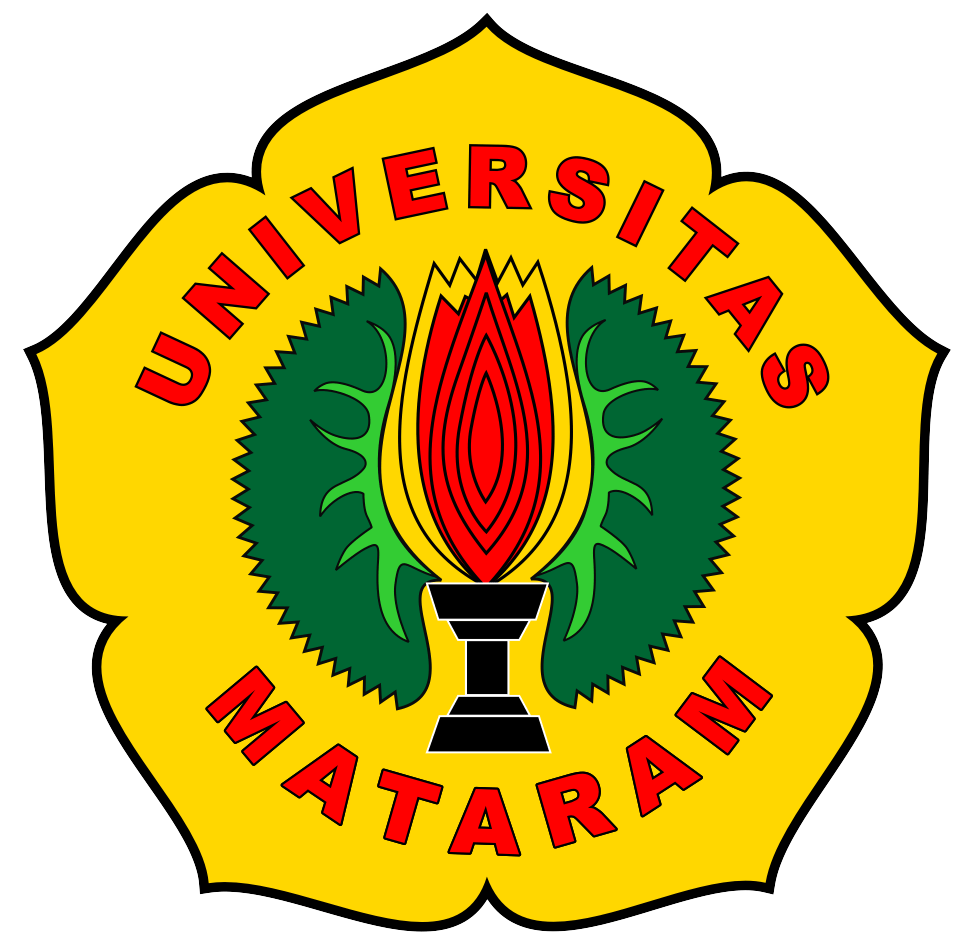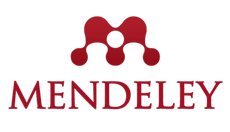Status Epileptikus Pada Pasien Meningoencephalitis Dengan Hiponatremia Terkait Pengunaan Cairan Rumatan Hipotonis Pada Anak : Apakah Sudah Saatnya Untuk Beralih Pada Cairan Rumatan Isotonis?
DOI:
https://doi.org/10.29303/jk.v12i1.4334Kata Kunci:
hiponatremi, meningoencephalitis, hipotonis, isotonis, pediatri, laporan kasusAbstrak
Hiponatremi merupakan salah satu komplikasi perawatan yang cukup sering terjadi pada populasi pediatri. Kondisi ini seringkali terjadi akibat pemberian cairan intravena yang bersifat hipotonik dan diperberat oleh kondisi SIADH (Syndrome of Inappropriate Anti Diuretic Hormone) yang timbul pada pasien dengan nyeri, cemas, stress, pemberian agen anestetik, narkotik, tindakan operatif dan pemberian ventilasi tekanan positif dan pada penyakit infeksi khususnya pada pneumonia dan meningitis. Selain itu kondisi ini juga diperberat dengan penambahan glukosa pada pemberian cairan rumatan pediatrik dimana ketika glukosa dimetabolisme akan meninggalkan free water yang akan mempengaruhi osmolalitas plasma. Pada tahun 2018, AAP telah merilis rekomendasi kuat terhadap pemberian cairan isotonik sebagai cairan rumatan pada pasien anak disamping penambahan glukosa dan kalium. namun pada praktek klinis di RS, penggunaan cairan hipotonis yang telah lama digunakan masih sulit untuk ditinggalkan karena para praktisi merasa belum menemukan cukup banyak kasus terhadap komplikasi yang ditimbulkan. Laporan kasus ini mendeskripsikan pasien meningoencephalitis dengan status epilepticus yang mengalami hyponatremia setelah diberikan cairan hypotonic sesuai panduan setempat dan membaik setelah dilakukan koreksi natrium.
Unduhan
Diterbitkan
Terbitan
Bagian
Lisensi
Authors who publish with Unram Medical Journal, agree to the following terms:
- Authors retain copyright and grant the journal right of first publication with the work simultaneously licensed under a Creative Commons Attribution 4.0 International License (CC-BY License). This license allows authors to use all articles, data sets, graphics, and appendices in data mining applications, search engines, websites, blogs, and other platforms by providing an appropriate reference. The journal allows the author(s) to hold the copyright without restrictions and will retain publishing rights without restrictions.
- Authors are able to enter into separate, additional contractual arrangements for the non-exclusive distribution of the journal's published version of the work (e.g., post it to an institutional repository or publish it in a book), with an acknowledgment of its initial publication in University of Mataram's Journal of Medicine.
- Authors are permitted and encouraged to post their work online (e.g., in institutional repositories or on their website) prior to and during the submission process, as it can lead to productive exchanges, as well as earlier and greater citation of published work (See The Effect of Open Access).
- This journal is open access journal which means that all content is freely available without charge to users or / institution. Users are allowed to read, download, copy, distribute, print, search, or link to full text articles in this journal without asking prior permission from the publisher or author.






